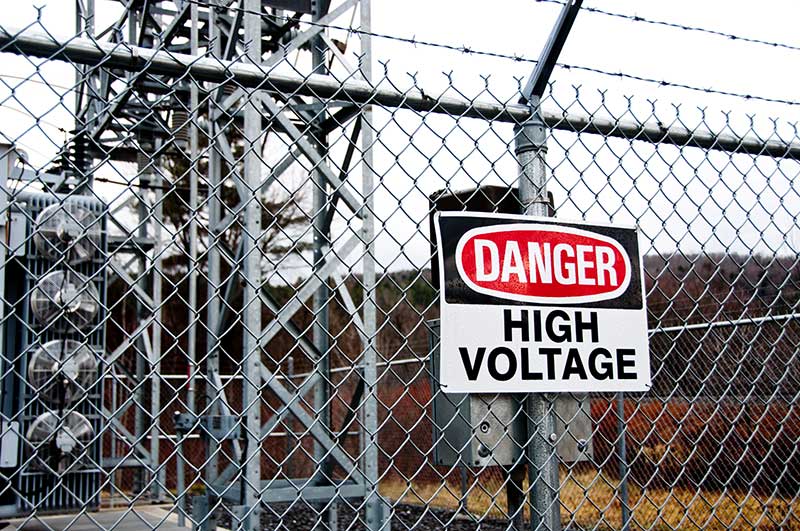 High Voltage Grounding is the process of electricity and electrical engineering is a common term. Telling someone to stay grounded often means keeping them stable and calm. The same can be said about electrical energy. A high voltage grounding system keeps the current stable and keeps your electrical systems safe.
High Voltage Grounding is the process of electricity and electrical engineering is a common term. Telling someone to stay grounded often means keeping them stable and calm. The same can be said about electrical energy. A high voltage grounding system keeps the current stable and keeps your electrical systems safe.
Grounds Explained
A ground is a reference point for the zero voltage and it's the way that all of the other voltages are measured within a current. A ground can serve as a way to determine various alternate systems and make sure that all of the other applicable voltages in an electrical circuit can be appropriately measured. When excessive charge trys to pass through the system this grounding will prevent damages to any type of electrical equipment. Grounding electrical circuits especially in high-voltage equipment needs to be done safely. You might be wondering how you can safely ground an electrical circuit and the answer to this question is fairly straightforward. The ground around you and the purposes that your electrical equipment is standing on can be an excellent reference point. The earth or ground that the electrical equipment is sitting on is neutrally charged and it has zero potential to conduct electricity. The ground can also store an infinite amount of charge from your electrical equipment. Grounding is done by connecting equipment to the earth’s real low impedance measure in case of a short circuit. In the event that there is a short circuit or lightning the surplus voltage will be directed into the earth and effectively ground out the electrical equipment to protect it.
Grounding Types
Grounding can vary significantly and there are various types of grounding techniques that can meet the needs of a client depending on how a system operates. There are some systems that are ungrounded and critical for various forms of capacitors which can store up the extra energy. If there is an ability to reconvert and store the energy which comes from short circuit and excess energy output, it will use a system without any type of grounding. The site can often have an excess burden on the live wires. There is also potential for short-circuiting or a fire. Ungrounded systems needed appropriate energy capacitors and regular maintenance.
Resistance grounding is another method where you use the neutral wire to reduce the current flow. Neutral wires are controlled using chargeback to the source and the chances of a hazard or fire are minimized using this method. The system will not stop operating and damages can be controlled here.
Solid Grounding is another grounding technique that establishes a path between the tower and the ground as discussed before. Using a neutral point is common here and a vast amount of ground fault charge can be dissipated ensuring that the operating device can resume after a fault.
All of these systems in high voltage grounding can be extremely useful especially when operating heavy equipment. If you're interested in learning more about grounding techniques for your equipment, contact our experts today.
